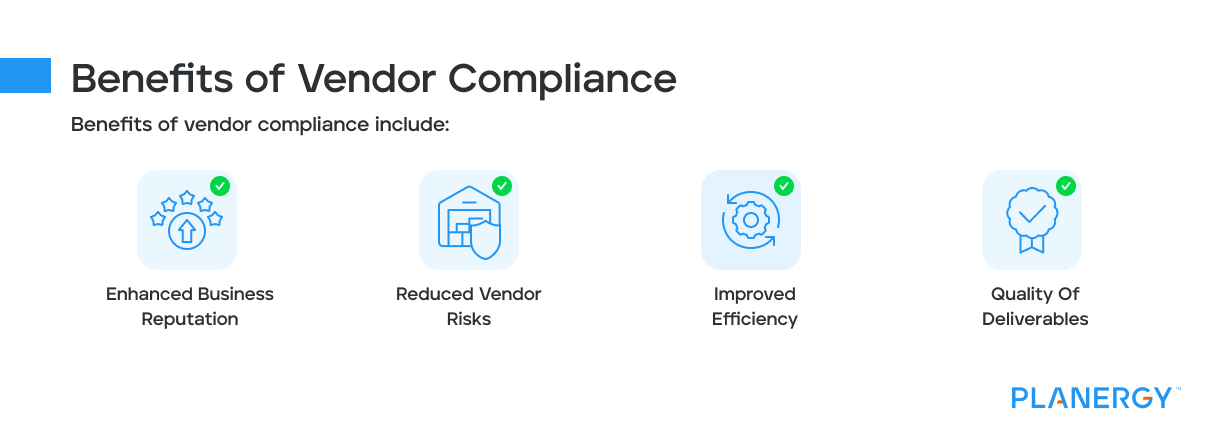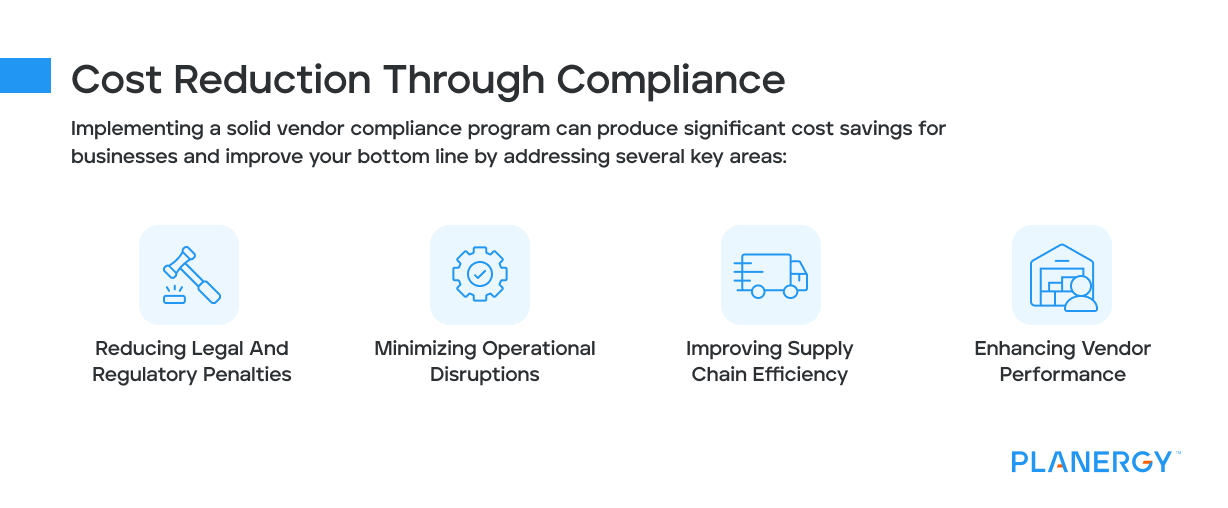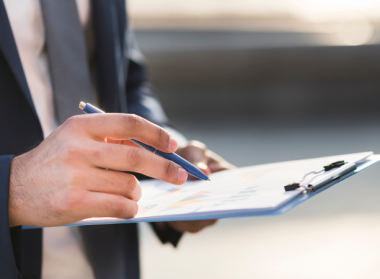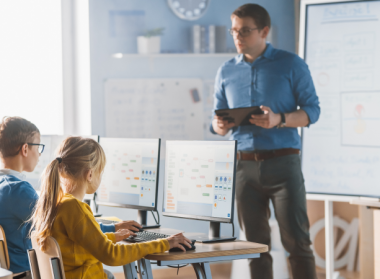Conduct a Thorough Risk Assessment
Begin with a comprehensive risk assessment to identify potential vulnerabilities in vendor operations.
This involves evaluating the vendors’ compliance history, financial stability, and the potential impact of their non-compliance on your business.
Conduct due diligence, even going so far as to pay attention to things like backorders and vendor chargebacks.
Consider adopting a risk matrix to prioritize vendors based on their risk profiles, focusing on those that pose the greatest potential threat to your operations.
For example, vendors handling sensitive data or critical supply chain components should be scrutinized more rigorously.
Establish Clear Compliance Standards and Guidelines
Develop a detailed vendor compliance policy that outlines specific standards and guidelines all vendors must follow.
This policy should address key areas such as data protection, ethical sourcing, and environmental compliance.
Ensure these expectations are clearly communicated through formal channels like contracts and onboarding documents.
Including compliance clauses in contracts can legally bind vendors to adhere to these standards, providing a framework for accountability. For instance, clearly defining data handling procedures can prevent breaches and ensure data integrity.
Implement a Comprehensive Vendor Management System
Technology plays a crucial role in managing vendor compliance. Invest in a vendor management system (VMS) that centralizes and automates compliance monitoring.
This system should maintain accurate records of vendor activities, track compliance status, and provide alerts for non-compliance issues.
Automation can reduce manual oversight, freeing up resources for strategic tasks.
For example, automated alerts for contract renewals ensure that compliance requirements are revisited and updated as needed.
Conduct Regular Compliance Audits and Reviews
Schedule regular audits to assess vendors’ adherence to compliance standards.
These audits can be periodic or surprise inspections, ensuring continuous commitment to compliance.
During audits, review documentation, inspect operations, and verify adherence to agreed-upon standards.
Use audit findings to identify gaps and improve compliance processes.
For instance, if an audit reveals discrepancies in data handling, you can take corrective actions, such as additional training or process adjustments.
Provide Training and Support for Vendors
Effective compliance relies on vendors’ understanding and implementation of the required standards.
Offer training sessions and workshops that cover essential compliance areas. Tailor these sessions to address common challenges vendors face, providing them with practical solutions and best practices.
Establish a support system, such as a dedicated compliance officer or helpline, to assist vendors in resolving compliance-related queries. Encourage open communication to foster trust and collaboration, leading to more effective compliance outcomes.








